Linepithema humile
Argentine ants, Linepithema humile, are among the most problematic of ant pests, listed by the World Conservation Union as one of the world’s worst invasive species.
Unlike most ant species that have only one queen, Argentine ants can have multiple queens. In addition, they can rapidly establish more colonies close to the original nest.
This means that you can have a web of interconnected nests that can spread over 650 feet (200 meters) in a single year!

We link to vendors to help you find relevant products. If you buy from one of our links, we may earn a commission.
Argentine ant colonies can become so large that they can take over whole city blocks. According to an article by the BBC, there is a supercolony in southern Europe that spreads for more than 3,700 miles. That’s a lot of insects.
What You’ll Learn
These pests can be extremely difficult to eradicate. We have reviewed the control measures you can take and help you to determine when you need to seek the help of professional exterminators.
Identification
These light- to dark-brown insects are about 2.2 – 2.8 millimeters long and all the workers are the same size.
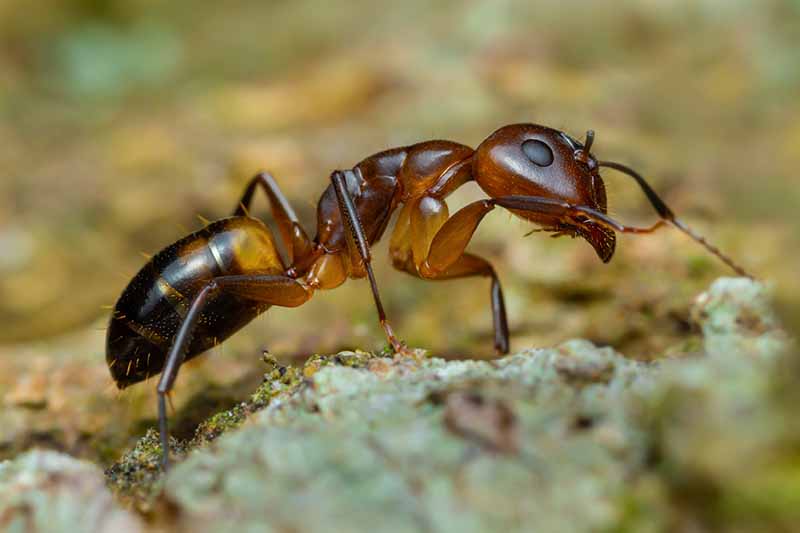
A number of factors differentiate this species from other types of ants. They have five to eight large teeth on their mandibles, and they lack a stinger.
Their antennae have 12 segments, and the first one is as long as their head. Their hind body is separated from the front section of their body by one node.
Unlike most ants, their trails are often comprised of at least five individuals traveling side by side. You can see these trails moving up buildings and trees in search of food.
In addition, when you crush one, it will smell musty instead of acidic like most other ant species.
Characteristics and Biology
Argentine ants are commonly referred to as a “tramp species,” having certain characteristics that contribute to their success as an invader. These include:
- Not being aggressive towards Argentine ants from a different colony, known as unicoloniality.
- Aggressive towards other ant and insect species.
- Tendency to co-exist with humans in households and gardens.
- Colonies that have more than one queen, known as polygyny.
- Ability of the queen and a group of workers to leave one colony and establish a new one nearby.
Most common species have individual colonies, however Argentine ant nests are frequently interconnected. Each of these colonies can contain millions of insects.
Instead of swarming, they mate inside their nest. Larvae emerge from the eggs after about 28 days, and mature into adults around 74 days after hatching.
These insects prefer areas that are moist, which is part of what draws them to populated areas in dry areas such as coastal California.
While the ants find sources of natural moisture by colonizing under logs or rocks, the moisture produced by houses and businesses is a major lure for them to colonize populated areas.
Unusual Behavior of the Queens
Most colonies have only one queen, but Argentine nests can contain hundreds of them.
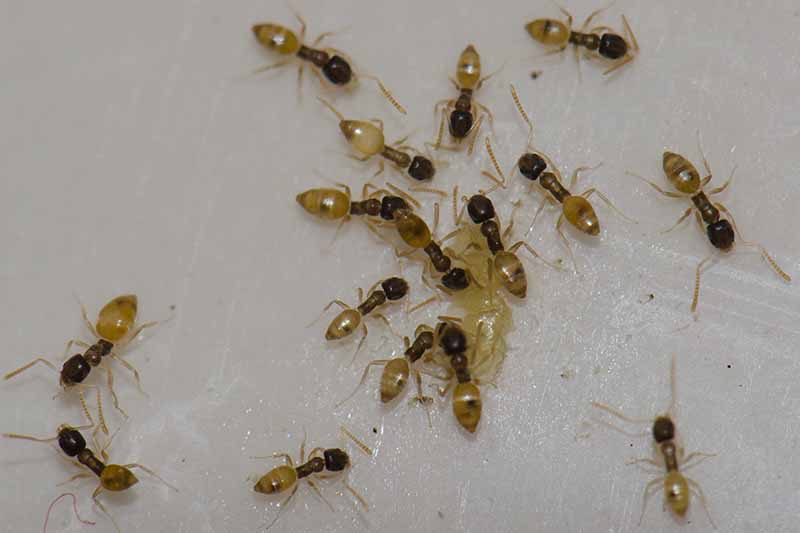
A queen will mate once with a winged male. After that, she will produce fertile eggs for the rest of her life – as many as 60 eggs a day.
Another thing that makes these queens unusual is that they help to feed the young – usually this is a job for the workers.
Sometimes the pressures of the colony will lead a queen to travel on foot to establish a new colony. The new nest will be built around the original one, and sometimes workers are shared between colonies.
This mode of colony formation is known as budding.
The mobility of the queens allows them to move rapidly and establish a nest in another area if conditions become unfavorable for the colony. Many other species take a long time to groom an individual to become a queen.
However, the ability of Argentine ant queens to relocate gives them a competitive edge. In addition, these pests can start a new colony with as few as 10 workers and one queen.
With most types of ants, when the queen dies, the colony dies. Not so for this species. If this happens, another queen moves in and takes over the colony.
Distribution
Argentine ants were originally native to South America, primarily Argentina, where they get their name. They have since spread to all continents except Antarctica.
They are invasive in Australia, Asia, Europe, North and South America, South Africa, and even parts of the Middle East.
Colonization of the United States
The pioneering ant researcher E. Foster first identified Argentine ants in the US in 1891. It is thought that they first became established in New Orleans in the 1890s through shipments of sugar or coffee from Argentina.
The first sighting in California was in 1907, and these pests are believed to have entered Hawaii in the 1940s from shipments of goods from California. They are established on the Big Island and Maui.
Currently, this invasive species is found throughout the southeastern US and into California. Of the few things that limits their spread, one is their intolerance of freezing weather and their need for water.
Threats to Crops and Animals
These invasive pests displace native species, such as the harvester ant in California, which has major ramifications on the local ecology.
For example, populations of animals like coast horned lizards and shrews that feed on native ant species are negatively affected by these intruders.
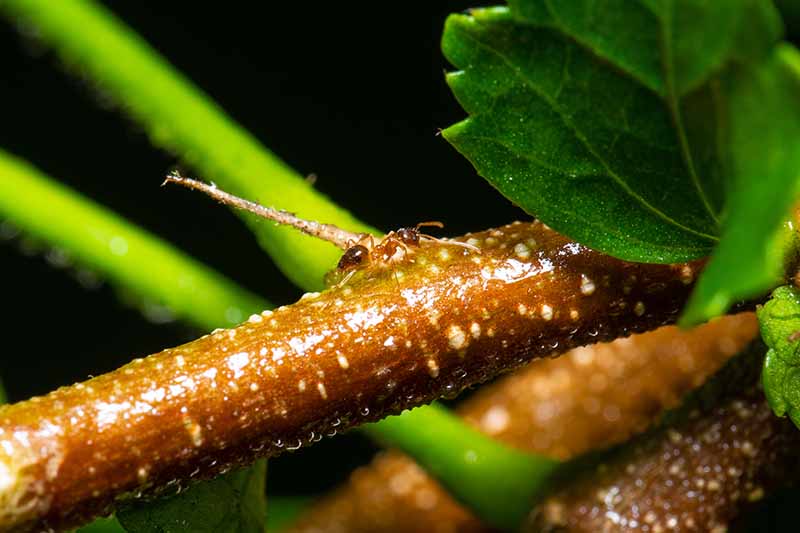
Coast horned lizards, in particular, are so specialized for a diet of native ants that if their territory is invaded by L. humile, they will switch to eating other kinds of insects and arthropods.
According to an article by Milan J. Mitrovich in the Society for Conservation Biology journal, when newly hatched lizards in captivity were fed on only the foreign species, they failed to gain weight and thrive.
Additionally the intruders can feed on the eggs of birds, native reptiles, and amphibians.
In South Africa, they have been found to steal honey and prey on bees.
L. humile can also damage crops and will even eat the buds and fruits of plants like citrus trees.
While they will eat almost anything produced by plants or animals, these pests prefer sweet tasting treats.
They like to feed on plant nectar and the honeydew produced by aphids. They even go so far as to aggressively protect the aphids from the predators and parasites that threaten them, increasing their numbers.
Where the Ants Infest
This species is often found nesting under garbage, rocks, fallen or dead logs, and in mulch. They can also be found along sidewalks, under buildings, and in cavities at the base of trees or shrubs.
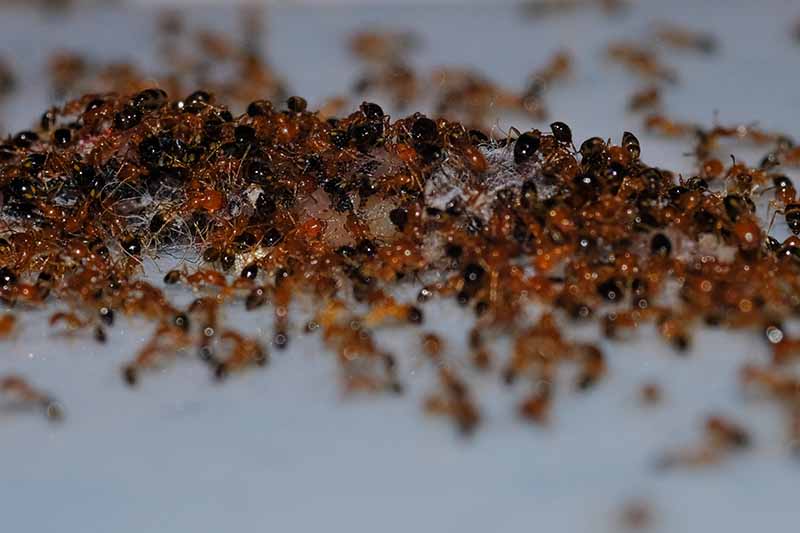
In homes, they are drawn to moist locations. This can include bathroom and kitchen walls, and crawl spaces.
They will frequently enter houses through tree branches, and plumbing, power, or communication lines.
How to Control an Infestation
Controlling these infestations is not a trivial matter given the biology of these insects, and you could experience yearly infestations if the control is not complete.
However, there are a number of measures you can take to try to prevent these pests from entering your household in the first place.
Reduce Habitat and Limit Access to Water
Remove items around your yard that hold moisture, such as rocks, decaying plant material, and boards.
Be careful not to overwater your landscape, and fix any water leaks. Make sure that your gutters drain away from the foundation.
Keep Pests Off Your Plants
Since Argentine ants will encourage aphids and other insects such as mealybugs that produce honeydew by protecting them against predators, treat your plants to eliminate these pests.
Fortify Your Home
Seal any cracks or crevices on the outside of your house that the pests could use to gain ingress into your home. They can also travel along trees and shrubs to your house, so prune any limbs that are in contact with your home.
Practice Sanitation In and Around Your Home
Since this species is relentless about infesting any food they find, you will need to limit access to their food sources.
Avoid crumbs and food wastes by regularly cleaning your pantry, counter tops, garbage containers, and floors.
Don’t keep dirty dishes in your sink, and keep your dishwasher clean. Use glass jars that seal or containers with snap on lids to store food for you and your pets.
Ant Bait
This particular species can be difficult to control with insecticides because of the large number of colonies in a given area.
Even if one colony is eradicated, the speed at which they can set up new ones means that if, for example, there is a colony in a neighboring yard, it’s likely the insects will return.
The two main insecticides that householders can use are boric acid and fipronil.
Both of these have low toxicity to humans and pets, but always remember to exercise caution when using any chemicals in and around your home.
Both are also slow-acting, allowing the workers time to take the poison back to the nest to kill the queen and larvae.

Since putting out baits stations inside your home can sometimes draw the ants in, you should consider setting up a bait station with boric acid in your yard.
If you have already noticed them in your home, then use an indoor bait station as well.
Gel-based baits in squeezable bottles can be useful for placing directly into small cracks in baseboards, outdoors between paving stones, and in areas where the insects may be able to enter your home.
For best results, use a sugar-based bait as these particular pests are partial to sweets – as you will have noticed if you leave the chocolate out overnight!
Terro offers a line of bait stations containing boric acid that are designed for outdoor use. These convenient stations can be placed anywhere in your yard where you notice nests or trails.

Packets of two outdoor stations containing boric acid are available from Terro via Amazon.
If you would prefer to use fipronil, a common flea and tick treatment for dogs and cats, Combat offers bait stations designed for indoor or outdoor use.

Combat Ant Killing Bait Stations
You can buy six child-resistant bait stations from Combat available via Amazon.
If a gel would work better for your needs, you can buy a fipronil based bait gel for squeezing into small cracks and in between paving stones.

Maxforce Fleet is available from Bayer via Amazon.
Remember that this approach will only be successful if all of the queens in any adjoining colonies are killed. You will need to examine the area around any nest you find to make sure that there are no additional nests nearby.
Consider Getting Professional Help
Given the complexity of Argentine ant colonies, if the infestation is widespread, you may need the help of a professional extermination service.
They will have access to stronger chemicals and be able to thoroughly identify the extent of the problem.
Time is of the Essence if You Have an Infestation
Considering that Argentine ants can rapidly create new colonies with millions of insects, you should act quickly if you think you have an infestation.
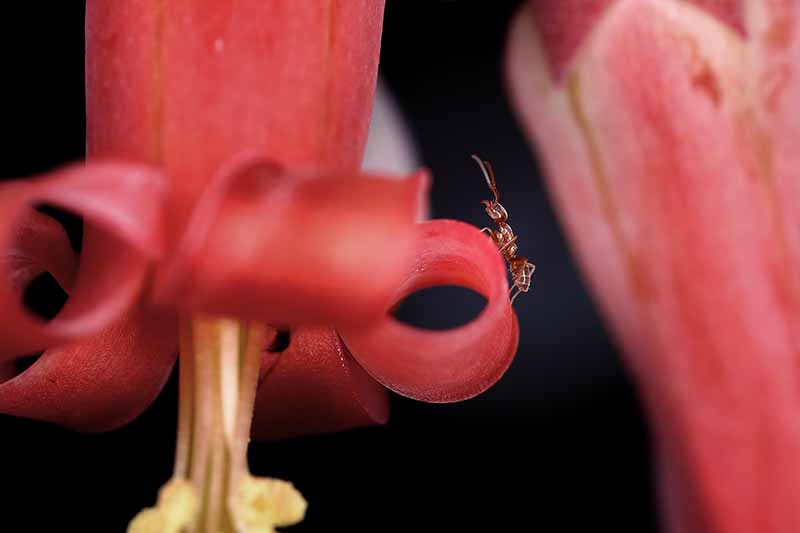
You can try a number of strategies to manage the infestation, but if you are not successful, you should consider hiring a professional extermination company.
While insecticides may work in the short term, if they do not completely eradicate the nests, you could face a rebound effect on the population.
Have you faced an Argentine ant infestation? If so, let us know how you coped with it in the comments.
And for more information about controlling ant infestations you’ll need the following guides:
© Ask the Experts, LLC. ALL RIGHTS RESERVED. See our TOS for more details. Uncredited photos: Shutterstock. With additional writing and editing by Clare Groom and Allison Sidhu.

Is it ok to plant traditional ant-repellent plants like lavender, peppermint, marigolds etc. with argentine ants, or will they feed off these too? Any advice on plants that will help deter them is greatly appreciated.